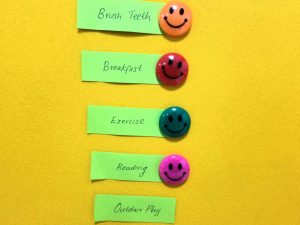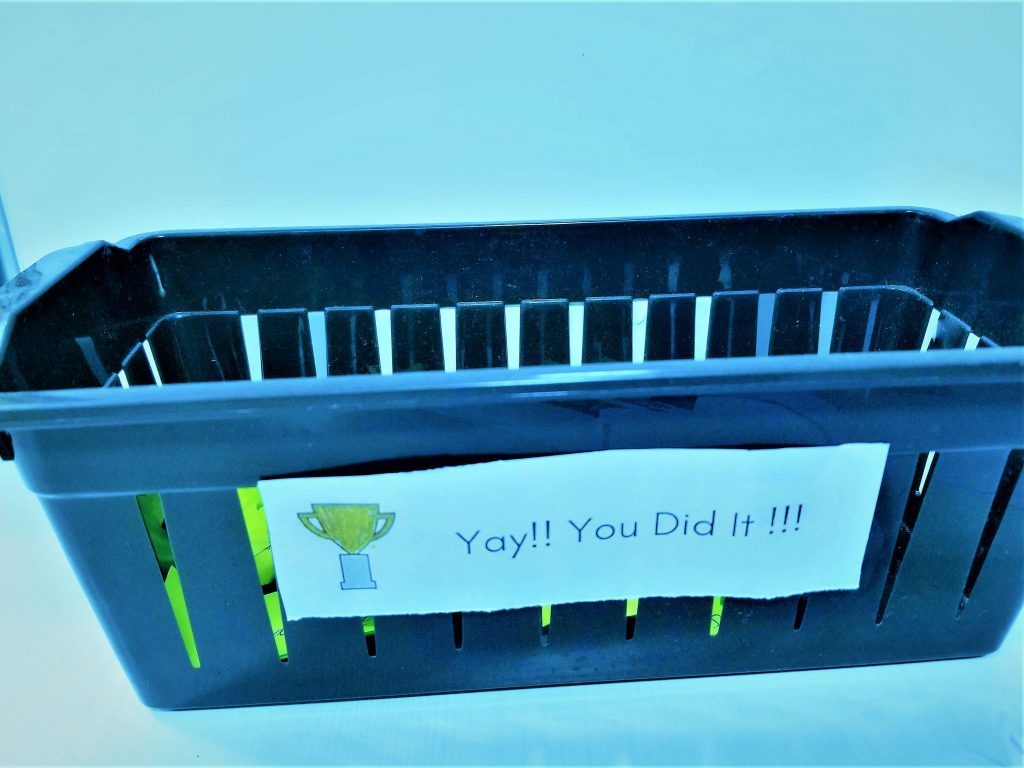Children with Autism Spectrum Disorder (ASD) may struggle with time management. They may also find it difficult to cope with sudden change of plans. This is where visual schedules can make a huge difference. Parents and teachers can use these tools to enable children on the spectrum to enhance their organizational skills.
Schedules use pictures, written text, or material cues to indicate the sequence of activities.These provide structure and support children with ASD to prepare themselves for upcoming events and activities.
How do Visual Schedules Help?
Several parents and teachers vouch for how effective visual schedules have been for their children. Experts too recommend the use of schedules due to their various benefits, some of which are listed below.
- Clarity
Visual schedules provide clarity and a definitive order of events. The child is not left guessing about what activity to do, and when to do it. By letting them know what’s coming up, schedules offer them reassurance. This can help in reducing their anxiety, and in managing problem behaviours.
- Makes big tasks manageable
Schedules break down tasks into manageable chunks so that the list of activities do not overwhelm the child. You can set small goals for the child, which encourages them to accomplish the task within a deadline. This helps them develop discipline and self-confidence.
- Independence
Schedules can foster independence in children with ASD. They may go on to follow instructions and complete tasks without the intervention of others.
- Comprehension
Graphic representation and concrete cues can be easier to comprehend for some children over verbal instructions. This can also improve their focus and help in avoiding distractions.
- Supports caregivers
The child can look at the schedule and understand what they are expected to do. This eases the workload of parents and teachers who do not have to repeat the instructions.
Types of Visual Schedules
There is overwhelming evidence suggesting the effectiveness of visual schedules for children with ASD. However, we see that not many parents and teachers use them regularly. They assume that creating a schedule is a laborious task. But the truth is that schedules need not be complex. You can set up a schedule with very little effort by using simple things lying around the house.
Different children respond well to different types of visual representations. You can try out the different types of schedules and choose the one that works best for the child. Here are the common types of visual schedules:
- Object Schedules:
These may be one of the simplest schedules you can make. These are best suited for early learners and children with visual impairments, cognitive deficits, and language difficulties.
You can use an object as a cue for the child to start an activity. Choose an object that the child can easily identify with the particular activity. Here is a list of objects that you can use as cues for related activities:
Spoon: Mealtime
Favourite Toy: Indoor Play
Ball: Outdoor Play
Tote bag: Shopping
Swimwear: Swimming
Towel: Bathtime
Remote: TV time
Sensory Toy: Therapy visit
Helmet: Bike riding
You can also use objects that represent the activity, although they might not be actually used in the activity. This can be particularly helpful when you are outdoors. For example, you can carry a hand towel with you, and use it to indicate that it is time to go to the toilet.
- Picture Schedules:


Some children may not be able to make the connection between the picture and the activity at the beginning. However, as you keep using the schedule with them, they may be able to recognize the picture and associate it with the corresponding activity.
Written schedules are fairly simple to create. All you need is a pen and paper, or a whiteboard and marker. These schedules are suitable for children who can read and comprehend written language. If your child is just beginning to read, you can use a combination of symbols with words.
As the child finishes each activity, you can strike the corresponding written instruction out. This will help the child keep track of the activities completed. Once the child is done with all the activities specified in a given paper, you can ask the child to crush the paper, and throw it in the trash can. For picture schedules, you can move them to a ‘Completed’ or a ‘Good Job’ section. Object schedules can also be put in a separate bin to indicate completion of tasks. This will denote that they have successfully completed all the assigned tasks, giving them a sense of accomplishment.
Visual schedules can be a fun way to improve concentration in children with ASD. The systematic instructions gives them a heads up about events to come. This helps them relax, and focus on the task at hand. Schedules also help in making transitions between tasks easier. This, in turn develops their self-regulation, enabling them to make the best use of their time.







very good method to teach life skills